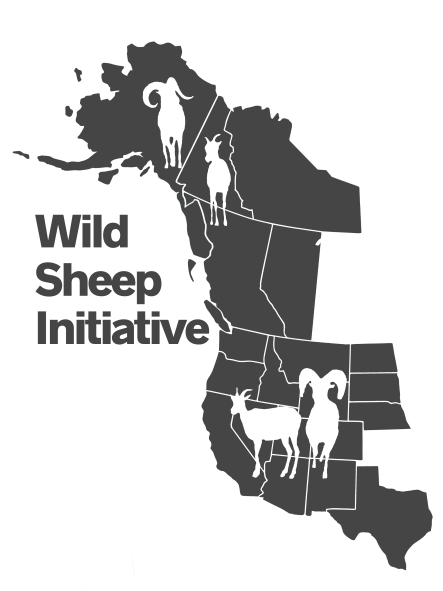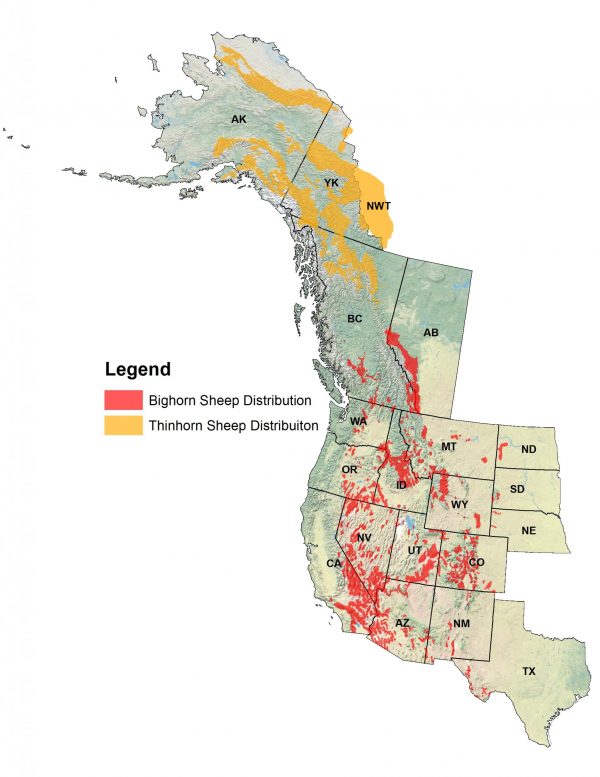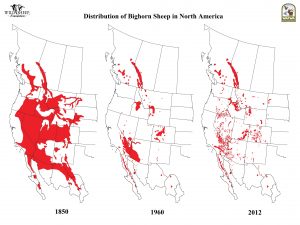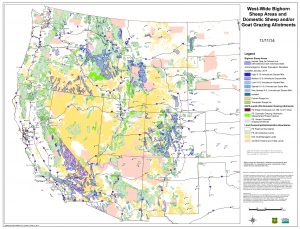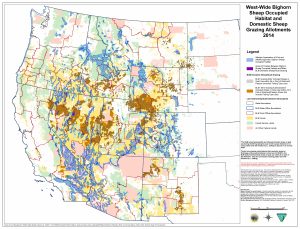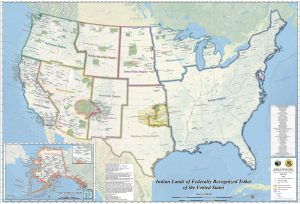Wild Sheep Initiative
“We are committed to the restoration and conservation of bighorn and thinhorn sheep for the benefit of future generations”
“To identify priority topics and management challenges to wild sheep in western North America; collaboratively develop solutions to those challenges; and foster strong relationships between state/ provincial/territorial jurisdictions, federal land management agencies, indigenous groups, and wild sheep advocates; and engage with domestic livestock owners and users that share the same landscapes inhabited by wild sheep.
Mission Statement, Revised January 2020
FEATURE
VIEW PAST WORKSHOPS
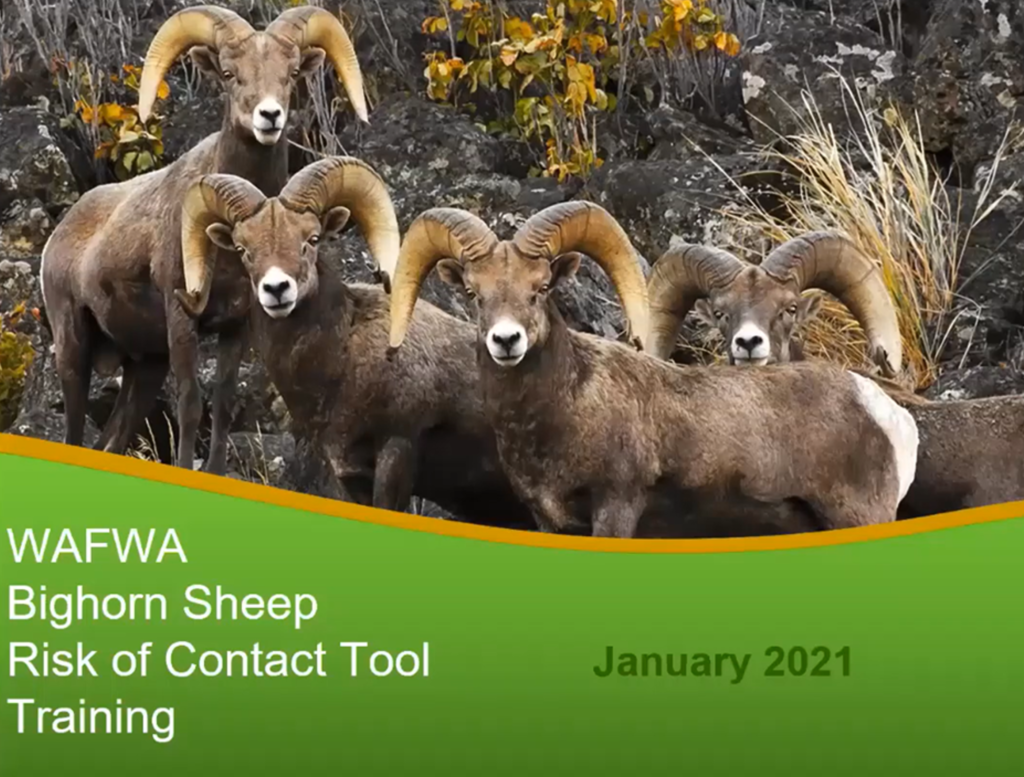
WAFWA Bighorn Sheep Risk of Contact Tool Training
Workshop on revision of the Risk of Contact Tool in ‘R’ platform from the previous ESRI ArcGIS platform. Held during the January 2021 annual winter meeting of WAFWA’s Wild Sheep Working Group. Primary Support for the Tool revision from Bureau of Land Management with additional support from National Park Service, Utah State University, and Wild Sheep Foundation. Primary presenters were Josh O’Brien, private consultant who had originally developed the RoC Tool in collaboration with others, Dr. Kezia Manlove at Utah State University, and Anthony Titolo, BLM GIS specialist.
WAFWA Bighorn Sheep Disease Management Workshop Focused on “Test and Remove”
Held virtually on June 2, 2021. Hosted by the Western Association of Fish and Wildlife.
WAFWA Bighorn Sheep Disease Management Workshop Focused on “Test and Remove 2.0”
January 11, 2023. Hosted by the Western Association of Fish and Wildlife.
FACT SHEET: Pneumonia and Bighorn Sheep: Test and Remove
FEATURE
TRANSMISSION FILM
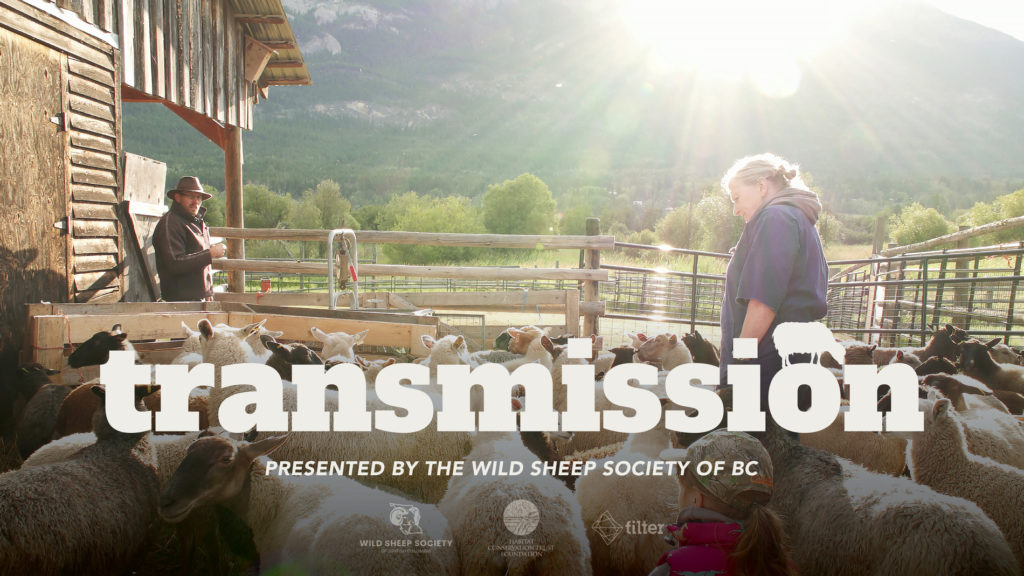
This feature-length documentary film was created for the purpose of raising awareness of Mycoplasma ovipneumoniae (M. ovi). Doctors, biologists, volunteers and farmers have come together to fight this deadly disease threatening both wild and domestic sheep. For more information on M. ovi, visit movifree.org.
FEATURE
WILD SHEEP FOUNDATION’S: WILD & WOOL DOCUMENTARY
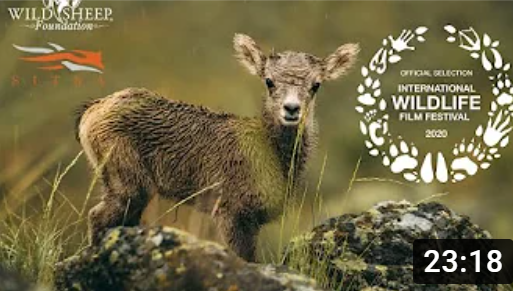
Wild Sheep Foundation in partnership with SITKA Gear Director: Philip Baribeau Producer: Frankie Pirolo Foss
Bighorn sheep, an icon of the American West, battle to survive as contact with infectious diseases carried by domestic sheep threaten these wild herds. The respiratory pathogen mycoplasma ovipneumoniae (M.ovi), while benign in their domestic sheep hosts, can present deadly complications for bighorn sheep and often leads to widespread pneumonia outbreaks and significant die-offs. Domestic sheep grazing on public land was an integral part of settling the western United States. However, as conservation efforts ramp to rebound bighorn populations, the wool industry, scientific community, and wildlife advocates are at a crossroads. Wild & Wool had its public debut as a featured introductory film during the Wild Sheep Foundation’s Sheep Week virtual convention on January, 2021.
Watch the video on YouTube.
FEATURE
The Wildlife Society: Horse Rich & Dirt Poor
Cinematography by Phillip Baribeau. Co-Directed by Charles Post and Ben Masters.
Support a healthy ecological balance on your public lands!
Explore the effects of America’s overpopulated wild horses and burros on wildlife, public lands, and ecosystems as you travel through Nevada with wildlife ecologist Charles Post.
Charles spends time in the field with wildlife biologists and researchers to examine meadows destroyed as a result of too many horses, and contrasts those with areas where a diversity of native plants and wildlife thrive. He also examines how overgrazing caused by excess horses impacts the sagebrush ecosystem and riparian areas, effecting the habitats of greater sage-grouse and Lahontan cutthroat trout. Post also visits a holding facility for horses gathered and removed from the range by the Bureau of Land Management and speaks with a former Chief of BLM’s Wild Horse and Burro program about the value of public lands, the challenges of wild horse and burro management, and the risks of continuing to let horse and burro populations grow.
Read more at wildlife.org
Featured Publications
Recommendations for Domestic Sheep and Goat Management in Wild Sheep Habitat
Recommendations for Domestic Sheep and Goat Management in Wild Sheep Habitat
Although the risk of disease transmission from domestic sheep or goats to wild sheep is widely recognized, a unified set of management recommendations for minimizing this risk has not been adopted by responsible agencies. These Western Association of Fish and Wildlife Agencies (WAFWA) recommendations were produced to help state, provincial, and territorial wild sheep managers, federal/crown land management agencies, private landowners and others take appropriate steps to eliminate range overlap, and thereby, reduce opportunities for transmission of pathogens to wild sheep.
Collaborator or Contributing Publications
RESOURCES & MAPS
Business & Meetings
The WSWG is comprised of a representative from each WAFWA state, province, and territory (N=20) with wild sheep, plus representatives from the U.S. Forest Service and the Bureau of Land Management, National Park Service and the Wild Sheep Foundation. The WSWG meets twice/year, in conjunction with the WAFWA summer meeting and the Wild Sheep Foundation (WSF) annual winter convention.
